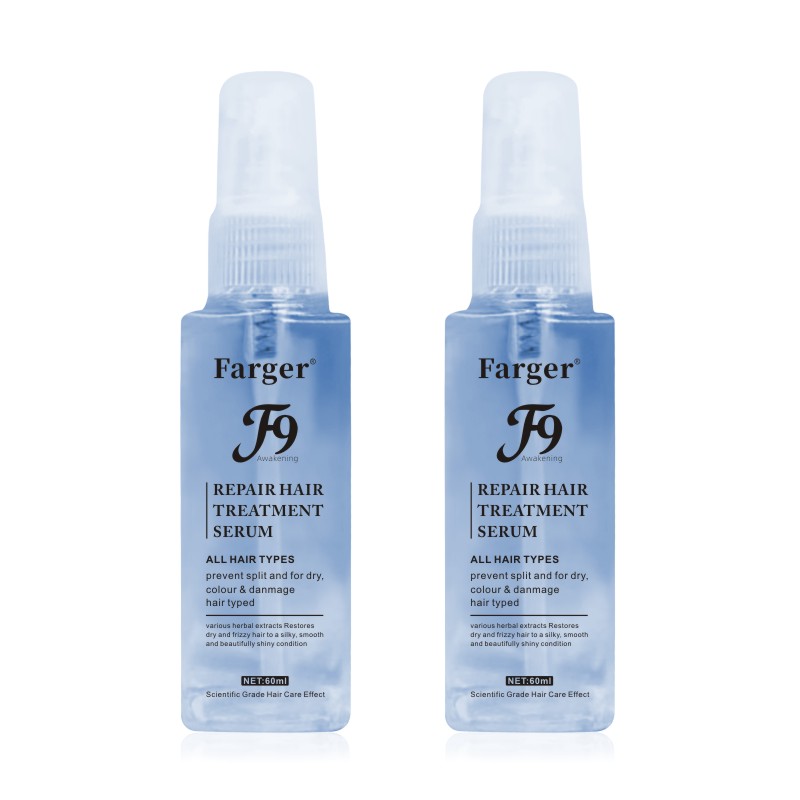1. Introduction
Shampoo plays a crucial role in our hair care routines, helping to cleanse the scalp and hair of dirt and oil. While many commercial shampoos are available, making your own can be a rewarding and healthier alternative. Homemade shampoo allows you to control the ingredients, avoid harsh chemicals, and customize the formula to suit your hair type.
2. Understanding Shampoo Ingredients
Before diving into making your own shampoo, it’s essential to understand its key components.
2.1. Surfactants
These are the cleansing agents that help lift dirt and oil from hair. Common surfactants include sodium lauryl sulfate and cocamidopropyl betaine.
2.2. Conditioners
These ingredients help soften and detangle hair. Natural oils, like coconut or jojoba oil, serve this purpose well.
2.3. Preservatives
To extend the shelf life of your shampoo, consider using natural preservatives like vitamin E oil or rosemary extract.
2.4. Fragrances and Essential Oils
Adding essential oils not only gives your shampoo a pleasant scent but can also provide additional benefits for your hair and scalp.
3. Basic DIY Shampoo Recipe
Here’s a simple recipe to get you started.
Ingredients Needed:
- 1 cup distilled water
- 1/4 cup liquid Castile soap
- 1 tablespoon carrier oil (coconut, olive, or jojoba)
- 10-20 drops of essential oil (optional)
Step-by-Step Instructions:
- In a bowl, mix the distilled water and liquid Castile soap.
- Add the carrier oil and essential oils, stirring gently to combine.
- Transfer the mixture into a clean bottle for storage.
- Shake well before each use.
4. Customizing Your Shampoo
Once you’ve mastered the basic recipe, you can customize it for your specific hair needs.
4.1. For Oily Hair
Add a few drops of tea tree or lemon essential oil, known for their oil-reducing properties.
4.2. For Dry Hair
Incorporate extra moisturizing oils like avocado or argan oil to help nourish dry strands.
4.3. For Color-Treated Hair
Use gentle, sulfate-free ingredients and consider adding chamomile essential oil for added protection.
5. Natural Shampoo Alternatives
If you prefer a more natural approach, consider alternatives like baking soda and vinegar. Mix one tablespoon of baking soda with water to form a paste, and use it as a shampoo. Rinse with diluted apple cider vinegar for added shine.
6. Storage and Shelf Life
Store your homemade shampoo in a cool, dark place, ideally in a glass or BPA-free plastic container. Homemade shampoo typically lasts about 1-2 weeks, especially if it contains no preservatives.
7. Conclusion
Making your own shampoo can be a fun and fulfilling process. Not only do you get to choose the ingredients, but you also create a product tailored specifically to your hair’s needs. With a bit of experimentation, you can find the perfect blend for your locks.
8. FAQs
Is homemade shampoo effective?
Yes, many find homemade shampoos to be just as effective, if not more so, than commercial options.
How long does homemade shampoo last?
Typically, about 1-2 weeks, depending on the ingredients used.
Can I use essential oils in my shampoo?
Absolutely! Essential oils can enhance your shampoo’s benefits and add fragrance.
What if I have allergies?
Always check the ingredients for potential allergens and consult a doctor if unsure.
Is it cost-effective to make shampoo at home?
It can be, especially if you use bulk ingredients, but it also depends on the specific ingredients chosen.

